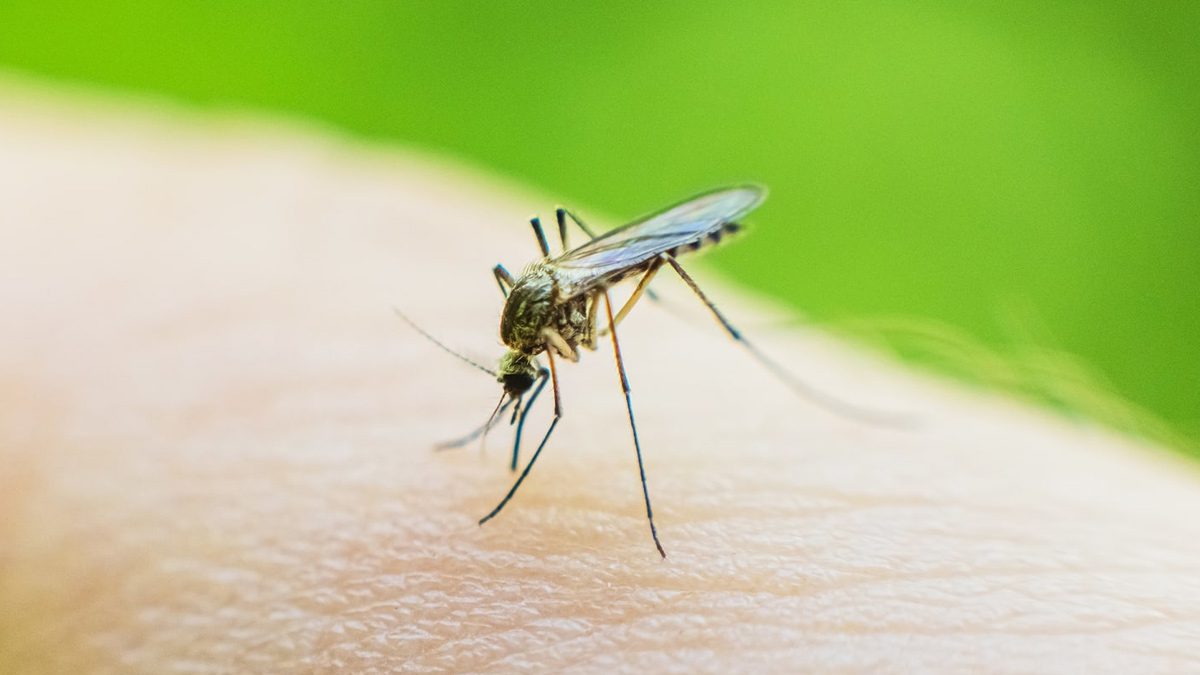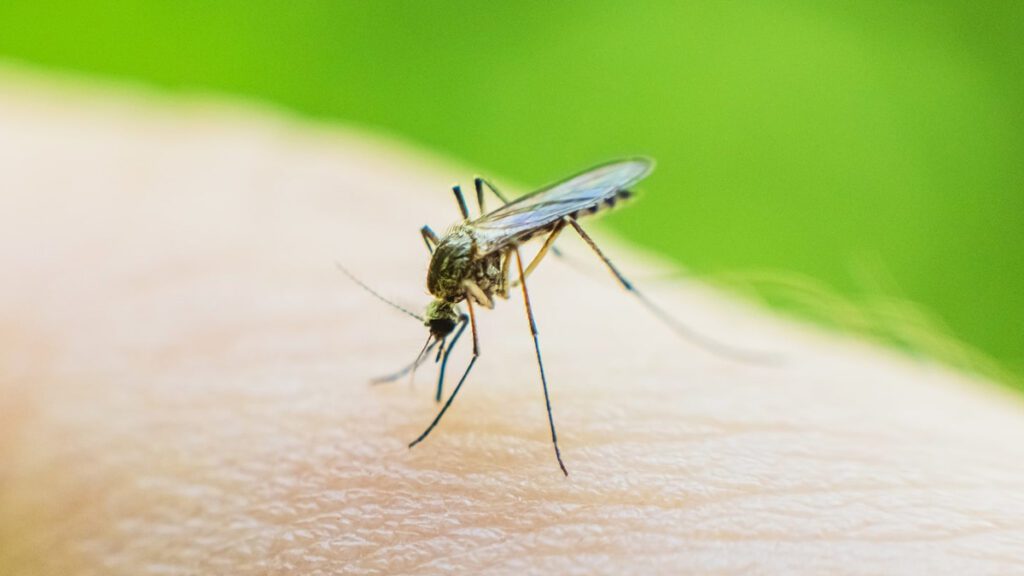A rare mosquito-borne virus, known as the Eastern Equine Encephalitis Virus (EEEV) or “Triple E,” is spreading rapidly across the northeastern United States, raising concerns among health officials and residents alike. The virus has already claimed its first fatality of the year, highlighting the severe impact it can have on human health. With mosquitoes testing positive for the virus in various regions, the situation has prompted increased vigilance and preventative measures to curb further spread.
First Fatality in New Hampshire
New Hampshire recently reported its first death related to the Triple E virus in a decade, making it a stark reminder of the virus’s potential lethality. This marks the fifth confirmed human case in the United States this year, with other cases reported in Massachusetts, New Jersey, Vermont, and Wisconsin. The infected individual in New Hampshire succumbed to the virus after battling its severe symptoms, marking a tragic end to what is typically a rare but devastating disease.
The virus is most active during the summer and autumn months when mosquito activity peaks. The recent death has heightened concern, particularly in neighbouring Massachusetts, where mosquitoes carrying the virus have been detected, leading to public health warnings and advisories.

Understanding the Eastern Equine Encephalitis Virus (EEEV)
Triple E is not a new virus, but its impact is often underestimated due to its rarity. The virus was first identified in Massachusetts in 1938, where it was initially found in horses. Since then, the virus has been a recurring threat, particularly in regions with abundant swamps and wetlands, which serve as ideal breeding grounds for the mosquito species that carry it. The virus primarily affects the central nervous system, leading to inflammation of the brain, a condition known as encephalitis. In severe cases, this inflammation can result in significant brain damage or death. Although rare, Triple E is one of the most dangerous mosquito-borne Geographical Spread and Ecological Factors
The Triple E virus is primarily found in North America and the Caribbean. In the United States, human cases are most commonly reported in the eastern and Gulf Coast states. This geographical distribution is largely due to the ecological requirements of the virus’s primary vector, the black-tailed mosquito (Culiseta melanura). These mosquitoes thrive in the swampy, wooded areas that are prevalent in these regions, particularly in the Northeast.
Also Read: Deadly Sloth Fever Spreading Rapidly Across Europe And US
Birds, especially those living in hardwood swamps, are the primary hosts for the virus. Mosquitoes feed on these birds and subsequently transmit the virus to humans and horses. However, unlike birds, humans and horses are considered “dead-end hosts,” meaning they cannot spread the virus further.
Symptoms and Diagnosis
The onset of Triple E symptoms typically occurs between four to ten days after a person is bitten by an infected mosquito. Initial symptoms include fever, chills, headache, and nausea, which can rapidly progress to more severe neurological issues such as seizures, confusion, and drowsiness. In the most severe cases, encephalitis occurs, leading to brain swelling, which can be fatal.
Diagnosis of Triple E is challenging due to its rarity and the non-specific nature of its early symptoms. However, once suspected, it can be confirmed through blood tests or spinal fluid analysis to detect the presence of the virus or the antibodies produced in response to it.
Current Cases and Historical Context
As of 2024, there have been five confirmed human cases of Triple E in the United States, with New Hampshire being the latest state to report a case. Massachusetts has also recorded its first human case since 2020, involving an 80-year-old man who was infected in mid-August. These cases are a stark reminder of the virus’s potential to re-emerge and cause significant harm, even after periods of relative inactivity.
Historically, the virus has been rare, with only 196 cases reported nationwide between 2003 and 2023. However, the seriousness of the disease cannot be overstated, as the largest outbreak in recent history occurred in 2019, resulting in 38 cases and 12 deaths.
Also Read: COVID-19 Outbreak At Democratic National Convention: Multiple Attendees Test Positive
Preventative Measures and Public Health Response
With no specific treatment or vaccine available for humans, prevention remains the most effective way to combat the spread of Triple E. Public health officials have emphasized the importance of mosquito control programs, including the spraying of insecticides via aerial and truck-mounted methods. Residents are also urged to take personal precautions, such as using insect repellents, wearing protective clothing, and avoiding outdoor activities during peak mosquito hours, typically from dusk to dawn.
In response to the recent cases, towns like Plymouth, Massachusetts, have implemented additional measures, including closing public outdoor facilities during mosquito-active hours. These efforts aim to reduce human exposure to infected mosquitoes and limit the spread of the virus.
Bottomline
The resurgence of the Triple E virus in the northeastern United States serves as a stark reminder of the ongoing threat posed by mosquito-borne diseases. While the virus remains rare, its high mortality rate and the severe neurological damage it can cause make it a significant public health concern. Vigilance, prevention, and timely public health interventions are crucial in mitigating the impact of this dangerous virus.
Read NextChandipura Virus Outbreak In India Largest In 20 Years, Says WHODisclaimer
All possible measures have been taken to ensure accuracy, reliability, timeliness and authenticity of the information; however Onlymyhealth.com does not take any liability for the same. Using any information provided by the website is solely at the viewers’ discretion. In case of any medical exigencies/ persistent health issues, we advise you to seek a qualified medical practitioner before putting to use any advice/tips given by our team or any third party in form of answers/comments on the above mentioned website.
Source link : http://www.bing.com/news/apiclick.aspx?ref=FexRss&aid=&tid=66d159300a2b489998343864c5d25349&url=https%3A%2F%2Fwww.onlymyhealth.com%2Ftriple-e-mosquito-virus-spreading-rapidly-across-northeastern-us-1724934009&c=12327569280229643442&mkt=en-us
Author :
Publish date : 2024-08-29 17:44:00
Copyright for syndicated content belongs to the linked Source.
